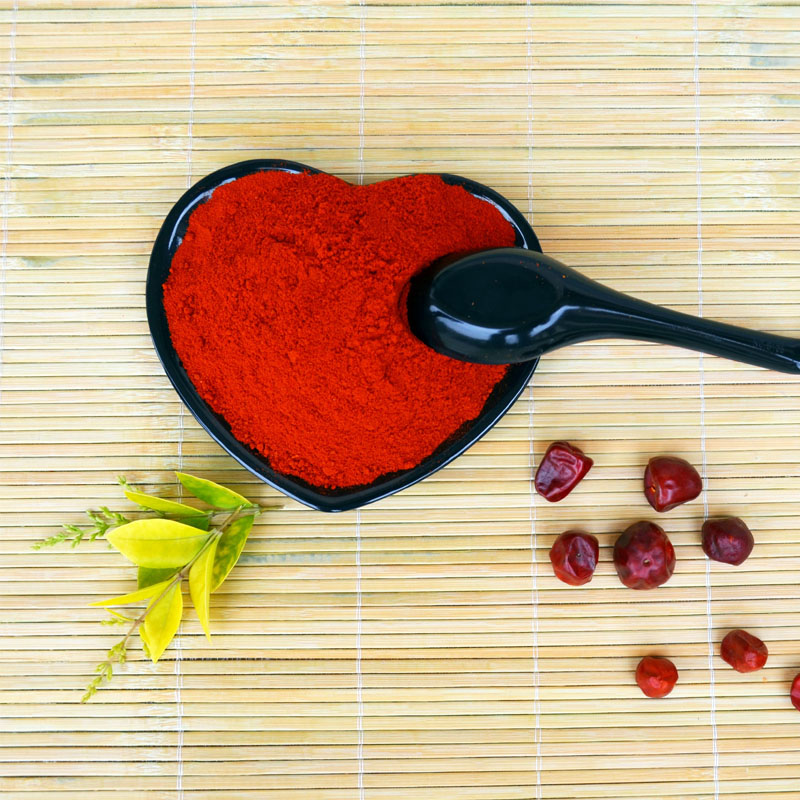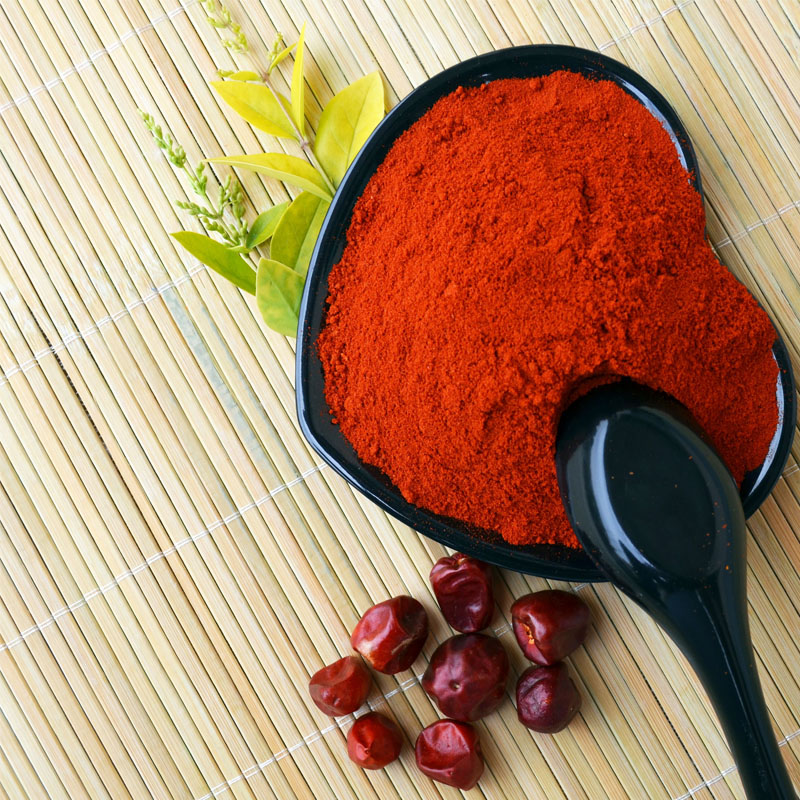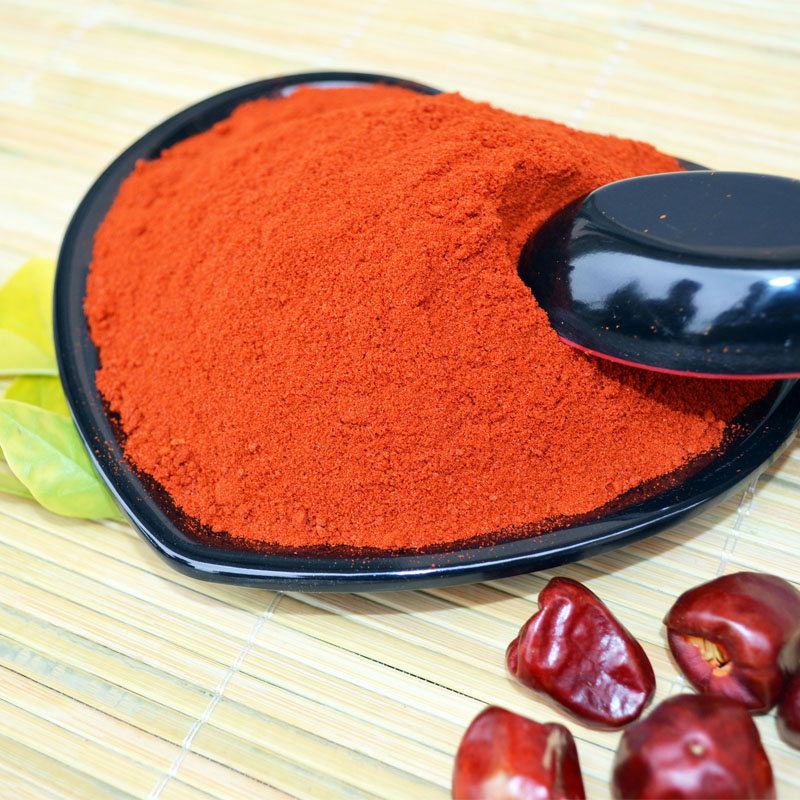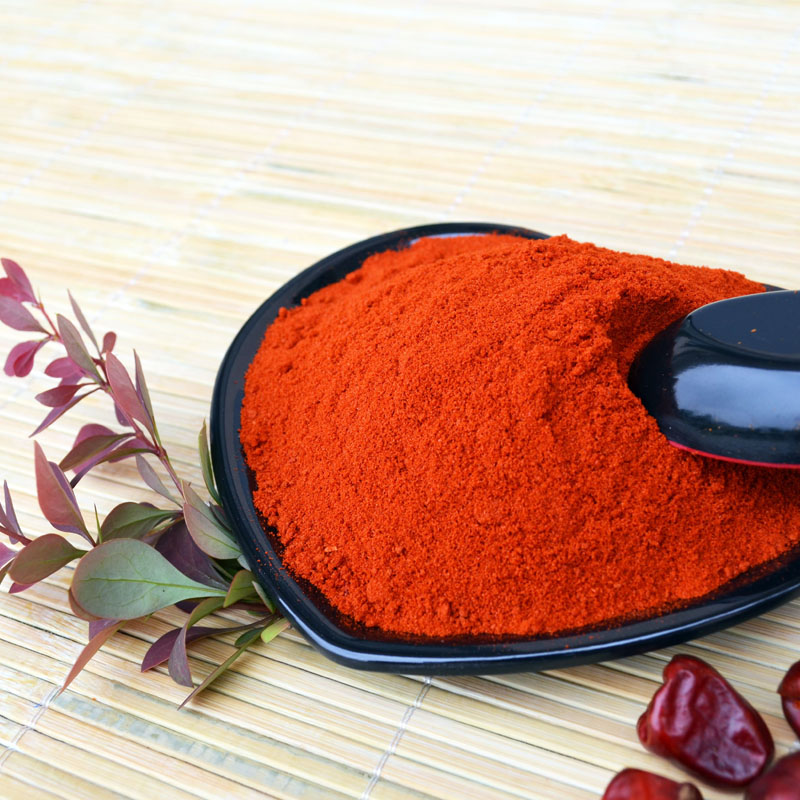- No. 268 Xianghe Street, Economic Development Zone of Xingtai city, Hebei 054001 China
- Byron@hbhongri.cn
Why Choose Peppereka Powder for Fresh Color & Sweet Heat?
A Field Guide to peppereka powder (yes, the paprika you actually cook with)
In the spice trade, spelling quirks aside, paprika is having a real moment. Snack makers want cleaner labels, sausage brands demand consistent color, and home cooks—well, they want that smoky-sweet pop without any fuss. From my visits to processing plants in Hebei to QC labs in Rotterdam, it’s clear: demand for clean, high-ASTA color and low micro loads keeps rising, and peppereka powder sits right in the middle of that curve.

What it is, and how it’s made (the real shop-floor version)
We’re talking Capsicum annuum L., sun-ripened, then gently dried to protect carotenoids. At Hongri Spice (No. 268 Xianghe Street, Economic Development Zone of Xingtai city, Hebei 054001 China), the process is fairly textbook but tightly controlled:
- Raw material intake: graded by color value (ASTA), moisture, and foreign matter.
- Destemming and cleaning: air classification + magnets; sometimes optical sorters.
- Milling and sieving: typical 60–80 mesh; custom cuts available.
- Blending for target ASTA and SHU; this is where consistency is made.
- Sterilization: saturated steam is common; ETO-free options are standard now.
- Metal detection, sampling, and release per ISO/ASTA protocols.
- Packing: foil-lined kraft bags to lock in color and volatiles.

Product specifications (typical, because harvests vary)
| Parameter | Typical range (≈) | Method / Standard |
|---|---|---|
| ASTA Color | 120–180 ASTA | ASTA 20.1 (spectrophotometric) |
| Granulation | 60–80 mesh (custom 20–100 mesh) | In-house sieve analysis |
| Heat (SHU) | 0–500 SHU (sweet) | HPLC capsaicinoids |
| Moisture | ≤10% | ASTA / ISO moisture |
| Total Plate Count | ≤5×10^5 cfu/g (post-steam typical ≤1×10^5) | ISO 4833-1 |
| Yeast & Mold | ≤1×10^3 cfu/g | ISO 21527-2 |
| Salmonella | Absent in 25 g | ISO 6579-1 |
| Aflatoxin B1 / Total | ≤5 µg/kg / ≤10 µg/kg | EU Reg. limits |
Shelf life: around 24 months in sealed, cool (

Applications and real-world tips
- Color-first recipes: goulash, paella rice, soups, stews—bloom in oil to unlock oleoresins.
- Meat processing: Spanish-style chorizo, sausages, rubs; consistent ASTA reduces batch variance.
- Snacks and coatings: 60–80 mesh adheres well; finer cuts for dusting, coarser for visual pop.
- Retail blends: think BBQ rubs—sweet heat without overpowering capsaicin.
Many customers say gently heating peppereka powder in oil “wakes it up.” I agree—raw sprinkling is fine for garnish, but flavor really opens when fat is involved.
Vendor snapshot (what buyers quietly compare)
| Vendor | Origin | Certs | ASTA (≈) | SHU (≈) | Sterilization | MOQ | Notes |
|---|---|---|---|---|---|---|---|
| Hongri Spice | Xingtai, Hebei, China | ISO 22000, HACCP | 120–180 | 0–500 | Steam (ETO-free) | ≈500 kg | Good color uniformity; custom mesh |
| EU Broker (Private Label) | Multi-origin | BRCGS, HACCP | 100–160 | 0–800 | Steam/ETO (varies) | ≈1 pallet | Flexible supply; variable crops |
| Regional Mill B | Local | HACCP | 80–120 | 0–300 | Limited | ≈100 kg | Great for small batches |

Customization, cases, and feedback
- Customization: target ASTA color bands, mesh size, SHU, allergen statements, kosher/halal, steam sterilization level.
- Case 1: a snack coater switched to peppereka powder 60-mesh; oil pickup improved and color drift dropped by ≈18% over 6 months.
- Case 2: a chorizo producer blended 140 ASTA with 90 ASTA for price control; taste held, and label stayed clean.
Customer notes? Surprisingly consistent. “Blooms fast, no burnt notes,” is one I jotted down. To be honest, that’s mostly about responsible drying and fresh stock rotation.
Testing and compliance snapshot
Sampling per ISO, color via ASTA, micros via ISO methods, and food safety under ISO 22000/HACCP. EU aflatoxin limits apply for exports. Real-world results may vary slightly by harvest—perfectly normal for agricultural goods.
peppereka powder remains a small ingredient with big impact—garnish it raw if you must, but if you heat it, it sings.
Authoritative citations
- American Spice Trade Association (ASTA), Analytical Methods and Clean, Safe Spices Guidance.
- ISO 22000:2018, Food safety management systems — Requirements for any organization in the food chain.
- ISO 4833-1, ISO 6579-1, ISO 21527-2: Microbiological methods for food and feed testing.
- European Commission Regulation (EC) No 1881/2006 (and amendments): Maximum levels for certain contaminants in foodstuffs.
-
Capsicum frutescens oleoresin – High Purity, Food GradeNewsNov.17,2025
-
Capsicum Frutescens Oleoresin – Natural Heat & FlavorNewsNov.17,2025
-
Peppereka Powder – Fresh, Vibrant Color & Sweet AromaNewsNov.17,2025
-
Paprika Oleoresin | Natural Red Color, Heat & Flavor BoostNewsNov.17,2025
-
Pure Turmeric Extract 95% Curcumin | Potent, Lab-TestedNewsNov.17,2025
-
Red Papper Pods – Premium Sun-Dried, Bold Heat & AromaNewsNov.10,2025







